ABOUT DUST TESTING

A key component of a Dust Hazard Analysis (DHA) is the documented understanding of the levels of combustion risk (fire, flash fire, explosion) present and potentially present in the dust and materials that are handled at your facility. Unless suitable and accurate data is available on your specific dust (via 3rd party databases, material vendors, or other published sources), your dust(s) should be tested by a qualified dust testing lab. A simple and inexpensive “go/no-go” can determine if your dust is combustible. If “yes”, further tests can determine if they are explosible, how fast the explosion can happen, and what force it may carry.
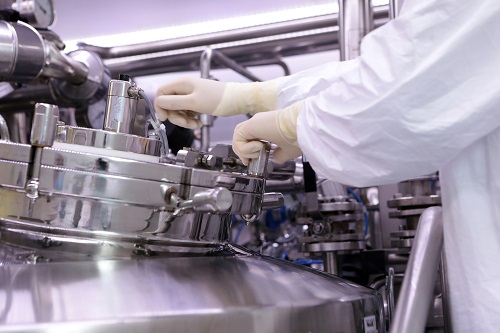
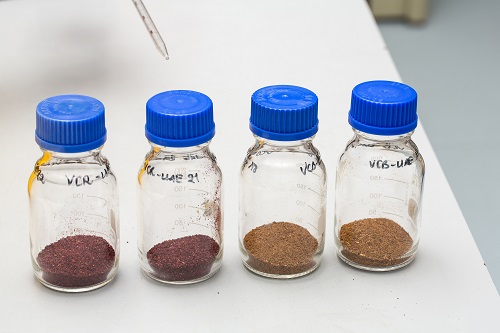
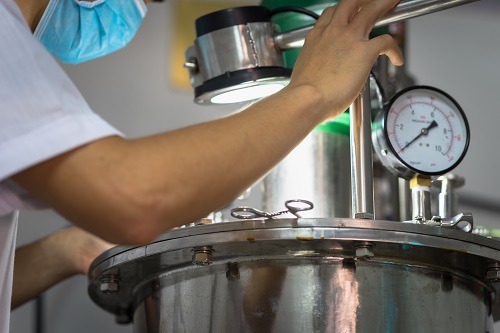
Types of lab tests in a typical Dust Hazard Analysis Report
Go / No-Go Test (ASTM E1226) | Is the material capable of exploding |
Max Pressure rise (Pmax) and Max rate of Pressure Rise (Kst) | Dust explosion ‘severity’ measurement metrics, for design of explosion safeguards |
Minimum Ignition Energy (MIE) | The energy required to ignite a dust cloud under ideal conditions |
Minimum Ignition Temperature (MIT) | For Electrical Area Classification, and for dust analysis at elevated temperature |
Minimum Explosible Concentration (MEC) | The minimum amount of dust (dispersed in air) that could result in an explosion |
Key items relating to dust testing
An absence of any previous combustion events, is not acceptable evidence that your material is not combustible. “We have never had a fire or explosion at our facility” is not a valid criteria for determining whether your dust is combustible.
When specific and current testing of your materials is not available – for example, in a future/planned new process that has no dust sample available – NFPA allows the use of other published data if deemed to be representative of current materials and process conditions. A major aspect to the approach of using databases or other external published data (instead of actual testing): The coordinator of your DHA is going to likely use the most conservative estimates of relevant dust properties, in the DHA section on “Recommendations”. This may frequently result in recommendations that are more complex or much more costly to implement.
In cases where no actual/current dust testing can be done, a good starting point is to review Material Safety Data Sheets on the materials in your process, and also contact those raw material vendors to see if they have deeper test data. Additionally, companies with several plants running same/similar processes should inquire about test data with their associated plants.
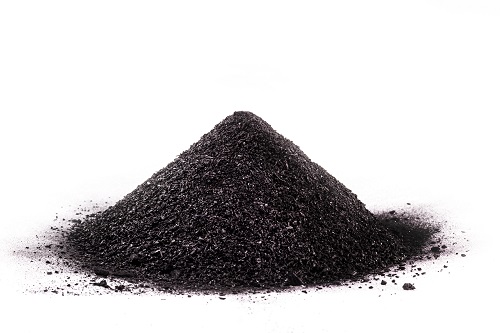
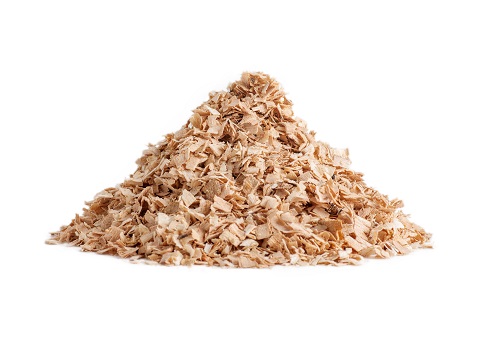
Our Company, DHA Solutions, is not a testing facility. We will assist our clients in obtaining reliable data on dust properties. We can facilitate dust testing at third party labs via shipping you a free ‘dust sampling kit’ from a known vendor, and/or provide you a complete list of test labs. In the case of a future/planned process with no samples available, we can research databases and other independent data sources.
Questions?
Call us or email us, any time !
